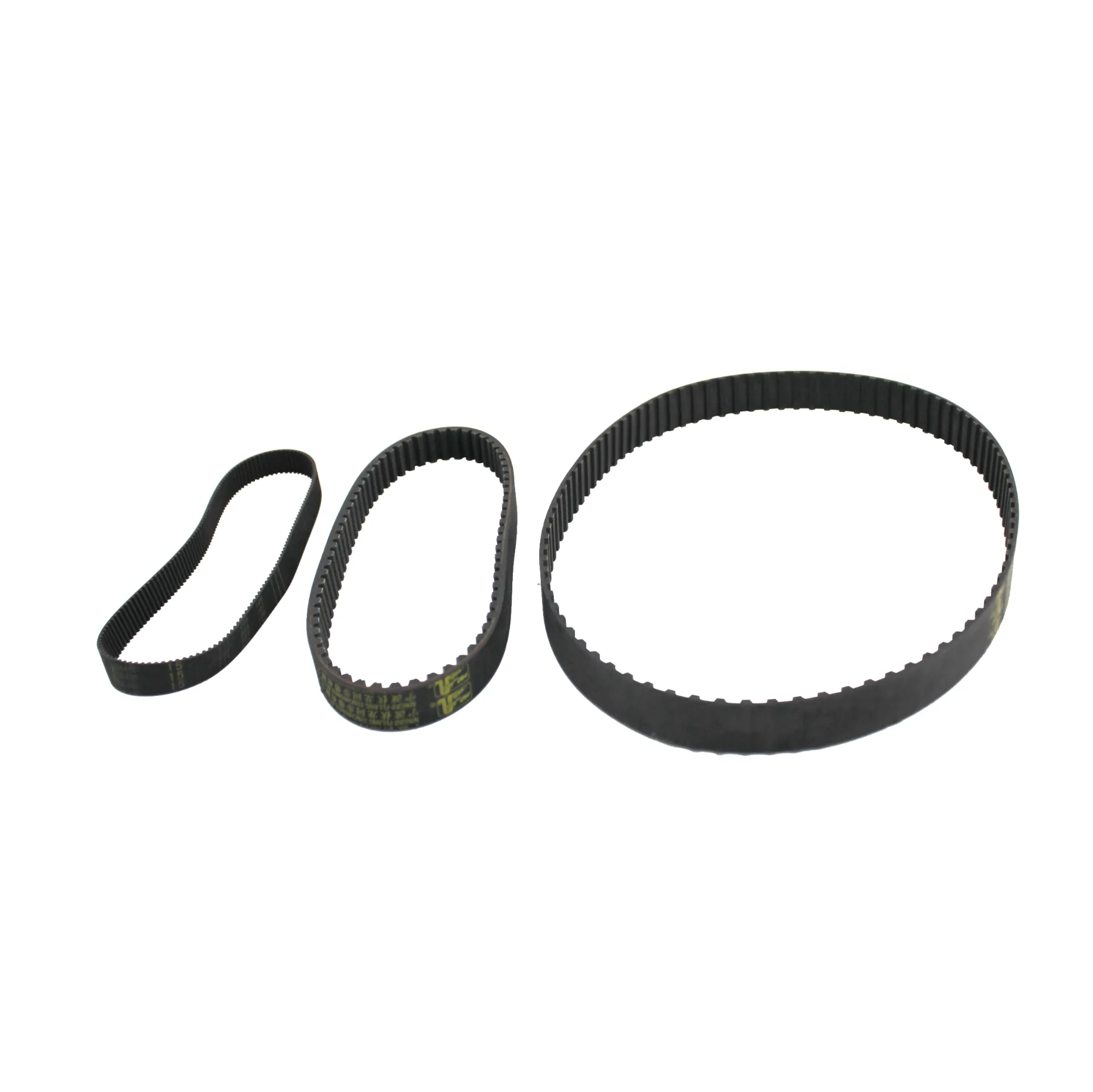CNC Cable Track Solutions for Efficient Machine Movement and Organization
Understanding CNC Cable Tracks Importance, Types, and Applications
In the realm of CNC (Computer Numerical Control) machining, efficiency and precision are paramount. One component that plays a critical role in achieving these goals is the CNC cable track, also known as a drag chain or cable carrier. This article will delve into the importance of CNC cable tracks, the various types available, and their diverse applications.
What is a CNC Cable Track?
A CNC cable track is a plastic or metal channel designed to organize and protect the cables and hoses that move with CNC machines. These tracks guide the cables in a controlled manner, preventing tangling, wear, and tear, which can lead to costly downtime and repairs. Essentially, the cable track acts as a safeguard, ensuring that the electrical cables and pneumatic hoses remain intact while moving along with the machine’s moving parts.
Importance of CNC Cable Tracks
1. Protection The primary function of CNC cable tracks is to protect cables and hoses from damage. In CNC environments where machines operate under high speeds or with considerable movement, cables can easily become snagged or pinched, leading to shorts or mechanical failures.
2. Organization By providing a designated path for cables, CNC cable tracks significantly enhance organization in the workspace. This organization allows for a cleaner work environment, making it easier for operators to troubleshoot and maintain equipment.
3. Reduced Wear Traditional cable management methods lead to excessive wear on cables and hoses. The smooth movement within a CNC cable track minimizes this wear, prolonging the lifespan of essential components.
4. Safety A well-organized cable system contributes to workplace safety. Loose cables can pose tripping hazards or become caught in machinery, leading to accidents. CNC cable tracks help mitigate these risks by keeping cables securely in place.
Types of CNC Cable Tracks
CNC cable tracks come in various shapes, sizes, and materials, with each type designed to serve specific applications. Here are some common types
1. Plastic Cable Tracks Lightweight and cost-effective, plastic tracks are suitable for many applications where the environmental conditions are not overly harsh. They are resistant to chemicals and can accommodate a variety of cables.
cnc cable track

2. Steel Cable Tracks For harsher environments that require more durability, steel cable tracks are often preferred. They can withstand higher temperatures and offer better protection against heavy wear and mechanical stress.
3. Flexible Cable Tracks These tracks allow for increased movement and adaptability, ideal for applications requiring high degrees of freedom. They are often used in robotics and automated machinery.
4. Lightweight Composite Tracks Combining the benefits of both plastic and metal, composite tracks are becoming popular for applications where both weight and durability are critical factors.
Applications of CNC Cable Tracks
CNC cable tracks are utilized across various industries, where CNC machines play a vital role. Some common applications include
1. Manufacturing In manufacturing facilities, CNC machines are crucial for precision parts production. Cable tracks help ensure that the machines operate efficiently and safely.
2. Robotics In robotic systems, flexibility and movement are essential. CNC cable tracks allow for the smooth operation of robotic arms and mobile systems.
3. Automotive Industry CNC cable tracks are widely used in automotive manufacturing, where automated systems need to manage multiple cables and hoses in confined spaces.
4. Aerospace The aerospace sector requires high-reliability components, and cable tracks provide the necessary protection and organization for complex wiring and tubing systems.
5. Woodworking and Metalworking In workshops and factories focused on woodworking and metalworking, CNC cable tracks help maintain organization and cable integrity amidst the heavy machinery.
Conclusion
CNC cable tracks are an indispensable component of modern CNC machining and automation. Their role in protecting cables, reducing wear, and ensuring safety cannot be overstated. As technology advances, the design and capabilities of these tracks continue to evolve, promising even greater efficiency and reliability in the future. Investing in high-quality CNC cable tracks is a strategic decision for any business looking to increase productivity and minimize downtime in their operations.








